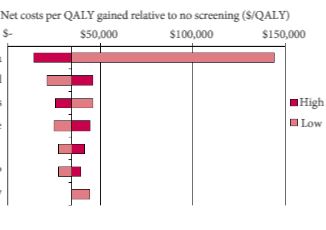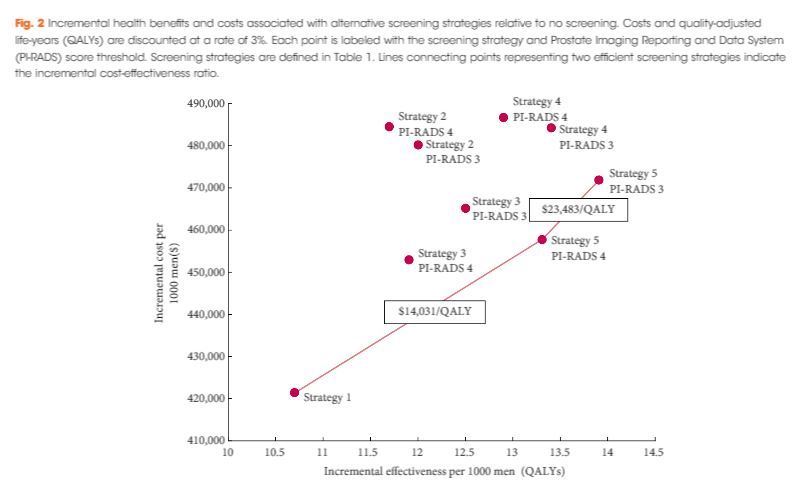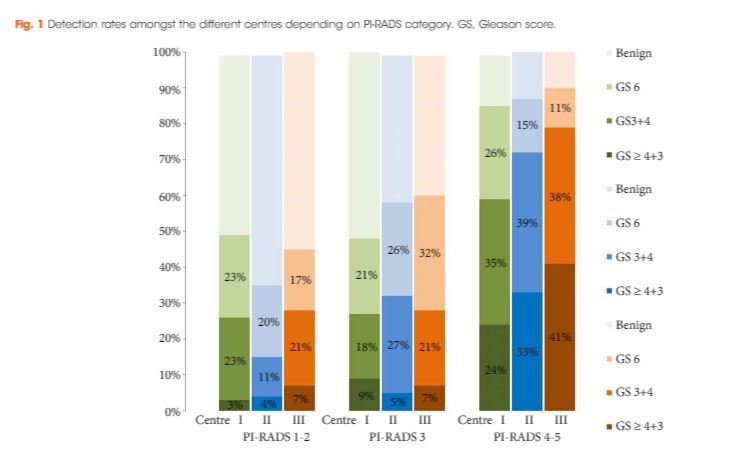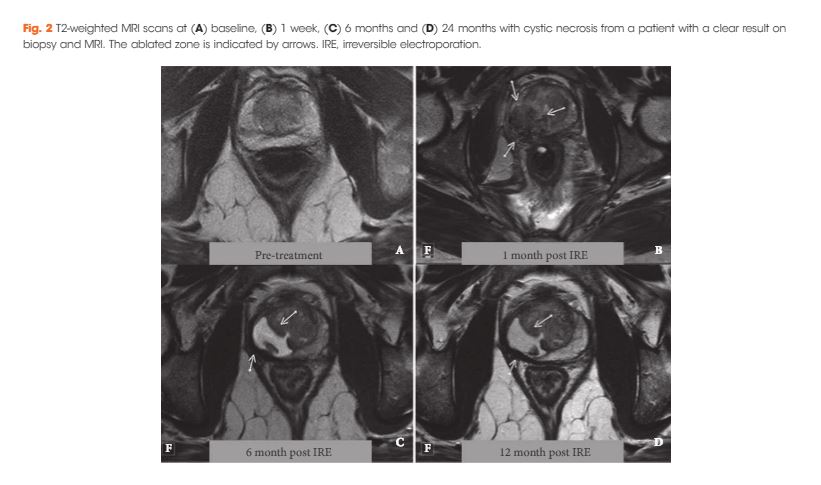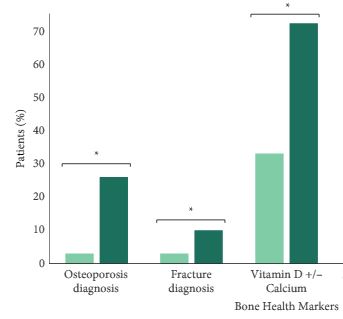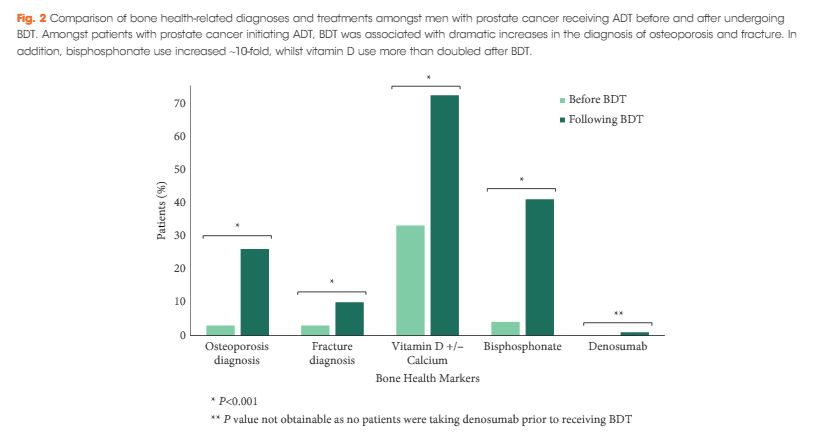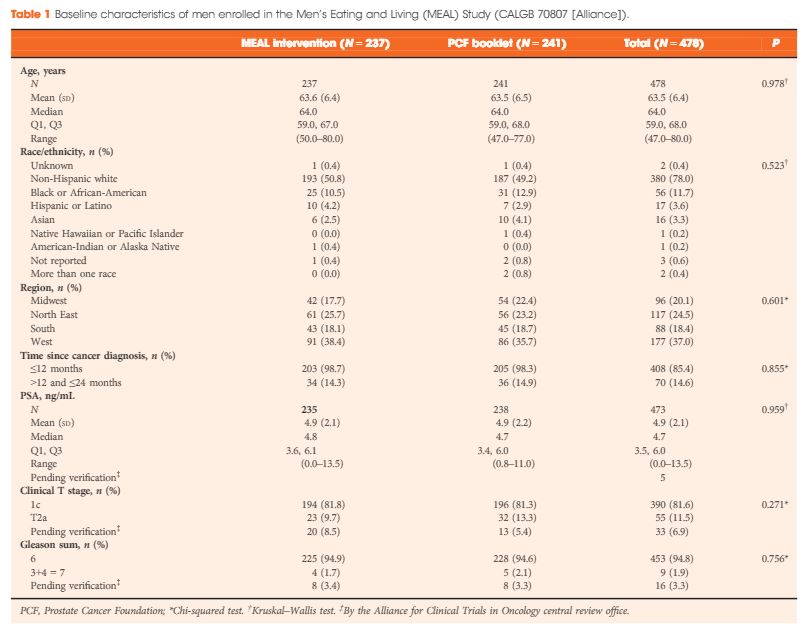Editorial: The way towards understanding possible multiple functions of AR V7 in prostate cancer
The presence of constitutively active androgen receptors in castration therapy‐resistant prostate cancer is frequently associated with therapy resistance. This is not surprising because the transcriptional program of these receptors is not dependent on the presence of circulating androgen. In conditions of reduced expression of circulating androgen, functional activity of the receptor probably contributes to cancer progression. Investigations by Bernemann et al. [1, 2], however, showed that some patients who present with variant ARV7, the most frequently diagnosed variant receptor, still respond to second‐generation anti‐androgen therapy. Until publication of the paper by Bernemann et al. [1], it was not completely clear whether “any findings in this area” reflected a technical error. The authors report further technical advances and similar detection of variant androgen receptors with two PCR assays, the SYBR Green and TaqMan assays. These advances in detection may open up a new area of investigation. The study reported in the current issue of BJUI may therefore shed more light on biology of truncated androgen receptors in prostate cancer [1]. According to the initial seminal publication in the field, AR‐V7‐positive patients had lower endocrine therapy response rates than those who were variant‐negative [3]. Studies aiming to detect variant androgen receptors are particularly important because of increasing interest in circulating tumour cells in prostate cancer [4]. It may be necessary to better describe subgroups of AR‐V7 which may differ in interactions with specific coactivators. Overall, relatively little is known about alterations in interactions between coactivators and the N‐terminal region of the receptor that may occur in subgroups of patients with castration therapy‐resistant prostate cancer [5]. Several important questions regarding signalling between the wild‐type and constitutively active androgen receptor have not been completely clarified, and the issue of which genes are regulated by both receptors is still a matter of discussion. The findings presented in the study by Bernemann et al. [1] may represent the next step towards individualization of therapies. If we accept that variant androgen receptors also display heterogeneity, a more differentiated classification of those receptors may guide clinical decisions in the future. Future studies should also take into consideration the fact that different variants may be expressed at different levels during and after endocrine therapy. These ratios of androgen receptor variant expression may be taken into consideration when determining the probability of success of specific anti‐androgen receptor therapy. One could also learn that application of different methodologies in variant androgen receptor diagnostics may become an established standard in monitoring castration therapy‐resistant disease. Establishment of controlled standard operating procedures in PCR diagnostics may at this stage minimize discrepancies between findings reported by different researchers and help to establish a consensus on this important topic.
Zoran Culig
Experimental Urology, Department of Urology, Medical University of Innsbruck, Anichstrasse 35, A-6020 Innsbruck, Austria
References
- Bernemann C, Steinestel J, Humberg V, Bögemann M, Schrader AJ, Lennerz JK. Performance comparison of two AR‐V7 detection methods. BJU Int 2018; 122: 219–26
-
Bernemann C, Steinestel J, Boegemann M, Schrader AJ. Novel AR‐V7 detection in whole blood samples in patients with prostate cancer: not as simple as it seems. World J Urol 2017; 35: 1625–7
-
Antonarakis ES, Lu C, Wang H et al. AR‐V7 and resistance to enzalutamide and abiraterone in prostate cancer. N Engl J Med 2014; 371: 1028–38
-
Pantel K, Alix‐Panabieres C. The potential of circulating tumor cells as a liquid biopsy to guide therapy in prostate cancer. Cancer Discov 2012; 2: 974–5
-
Liu S, Kumari S, Hu Q et al. A comprehensive analysis of coregulatory recruitment, androgen receptor function and gene expression in prostate cancer. Elife. 2017; 6: pii:e28482.


